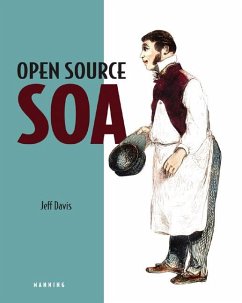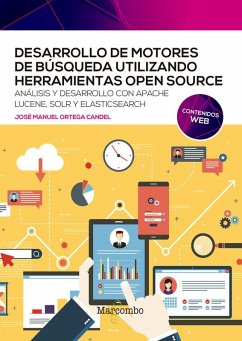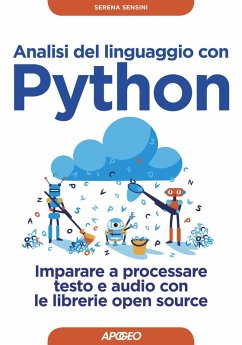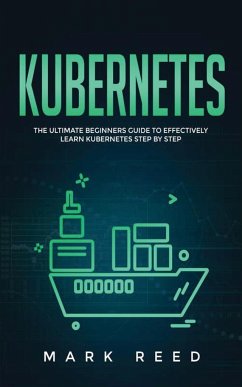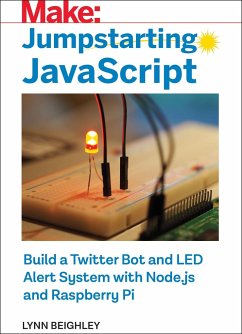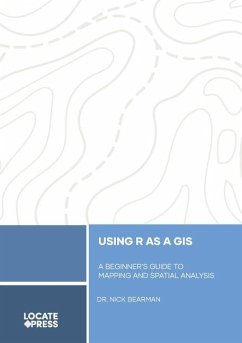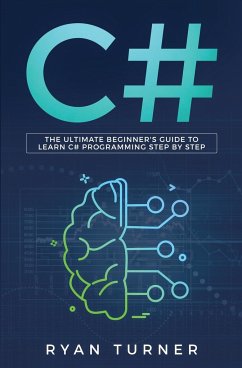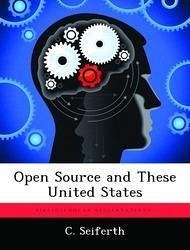
Open Source and These United States
Versandkostenfrei!
Versandfertig in über 4 Wochen
15,99 €
inkl. MwSt.

PAYBACK Punkte
8 °P sammeln!
Over the past 40 years a collective form of systems development has evolved on the electronic networks of the world. In the wake of the information technology revolution has come a proven method for developing, deploying and maintaining these systems. This method, developed under the auspices of Department of Defense research grants, has resulted in the most successful and reliable software in existence. This method, based on collective intelligence, peer review and functional evolution, has rippled through the world of Information Technology. It depends on the uninhibited distribution of the ...
Over the past 40 years a collective form of systems development has evolved on the electronic networks of the world. In the wake of the information technology revolution has come a proven method for developing, deploying and maintaining these systems. This method, developed under the auspices of Department of Defense research grants, has resulted in the most successful and reliable software in existence. This method, based on collective intelligence, peer review and functional evolution, has rippled through the world of Information Technology. It depends on the uninhibited distribution of the currency of this realm: the source code, documentation and data which are the building blocks of these complex systems. The release of source code is commonly called open source licensing. The release of electronic information is known as open content licensing. Together, they comprise Open Licensing. There are significant gains to be realized through the formal adoption, support and use of open licensed systems by the Department of Defense. Secondary gains may be made in the morale and retention of Airmen involved in information technology. This adoption can take place at any point in the acquisition cycle and can even benefit deployed and operational systems. The benefits include reduced acquisition, development, maintenance and support costs and increased interoperability among our own systems and those of our Allies. This work has been selected by scholars as being culturally important, and is part of the knowledge base of civilization as we know it. This work was reproduced from the original artifact, and remains as true to the original work as possible. Therefore, you will see the original copyright references, library stamps (as most of these works have been housed in our most important libraries around the world), and other notations in the work. This work is in the public domain in the United States of America, and possibly other nations. Within the United States, you may freely copy and distribute this work, as no entity (individual or corporate) has a copyright on the body of the work. As a reproduction of a historical artifact, this work may contain missing or blurred pages, poor pictures, errant marks, etc. Scholars believe, and we concur, that this work is important enough to be preserved, reproduced, and made generally available to the public. We appreciate your support of the preservation process, and thank you for being an important part of keeping this knowledge alive and relevant.



